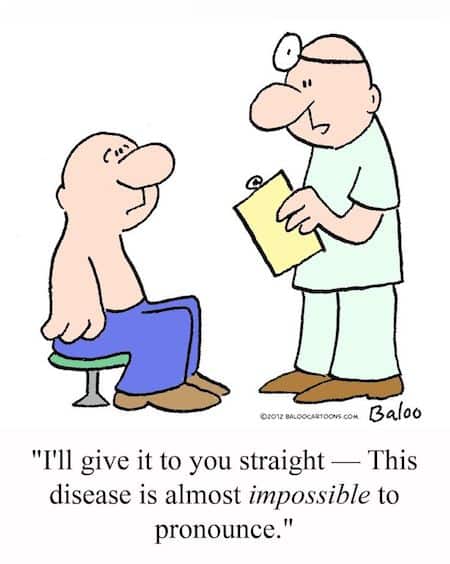When some teenagers enter college they will already know exactly what professional field they want to pursue, while others will have no clue. The medical field is booming, offering students opportunities to earn high-pay and a permanent job in one of the most sought-after industries.
Today, thousands of people are opting to become an American physician. While some of them will succeed, others will drop out halfway through the program. If you are considering entering the medical field, you should prepare in advance, because each step of the process is long and gruelling.

We’ll lay out the obvious, to the need to know.
Get A High School Diploma
Most every profession requires a high school diploma or GED. This document sets the tone for the future, as it shows exceptional academic results. From 2000 to 2015, the high school dropout rate decreased among white, black and Hispanic youth, according to the National Center for Educational Statistics. In the school year 2014-15 the adjusted cohort graduation rate increased to 83 percent for public high school students. This is a great sign that the youth is preparing to take the next step to get a college education.
Without a degree, it can be difficult to be accepted into a 4-year program, let alone medical school.
Get A 4-Year College Degree
The next step is to get a 4-year university degree that complies with medical school premed requirements. A college education is accessible to most everyone, especially new high school graduates. From the time teenagers enter high school, they are being prepped for college classes. During this period, it is highly recommended that students take advantage of this opportunity to improve their academic scores.
Admission to a medical school will depend on strong SAT scores and high Academic Index (AI). Becoming a doctor in the United States not only takes a lot of work but requires full dedication and focus.
MCAT TEST
Once you graduate from college, you will need to focus on taking the Medical School Admission Test or MCAT. While some college graduates are enough confident to go ahead and challenge themselves, by taking the MCAT, others will choose to wait. However, your pre-med advisor will probably recommend scheduling an appointment as soon as possible after graduation.
Before your MCAT registration, you will need to prepare for the 95-minute exam, which measures your knowledge in organic chemistry, general chemistry, physics, biochemistry, sociology and psychology. The test is broken down into four different sections, including physical and chemical foundations of biological systems, reasoning skills and critical analysis, biochemical and biological foundations of living systems and social psychological and biological foundations of behavior.
Choosing A Major
Once you pass the MCAT, you will need to choose a subject to major in. Prospective physicians generally major in a science field, most commonly chemistry, biology and physics. However, most medical schools are willing to accept applicants with other undergraduate degrees as long as they have completed certain prerequisite coursework.
All medical schools in the United States require students to take and pass specific pre-medical classes, including chemistry with laboratory courses, biology with laboratory courses, organic chemistry with laboratory courses, English and calculus.
Building A Resume
Distinguishing yourself from other medical applicants will not be easy, but it is possible if you set your mind to it. The best way to build a highly reputable resume is to volunteer to work at a local hospital, shadow a physician, obtain additional certification, such as first aid and basic life support, become heavily involved in research and set clear goals. You must be able to demonstrate to the committee that you are very serious about becoming a licensed physician.
Setting A Budget
Medical school tuition is expensive, making the possibility of becoming a physician out of reach for some people. In-state students should expect to pay anywhere from $34,000 to $40,000 for one year at a public medical school and out-of-state students should expect to pay anywhere from $58,000 to $60,000.
Student-loans and savings are what most students will rely on to afford tuition. If possible, seek out scholarships.

